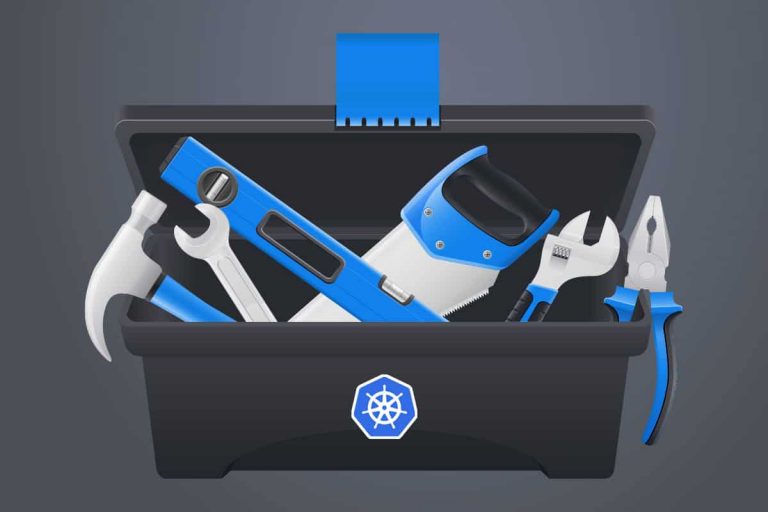Kubernetes is leveling the playing field. As a mature technology now, enterprises around the world are adopting a container-based approach to software delivery that is based on microservices. Kubernetes has become the industry standard. It is being embraced by industry leaders who are developing applications and ecosystems based on Kubernetes. We will look at 15 of
the best Kubernetes Tools. These applications will complement K8s and enhance your development work so you can get more from your Kubernetes.
Kubernetes Monitoring Tools
cAdvisor is a Kubernetes tool for monitoring resource usage and performance. Google maintains it as an open-source project. cAdvisor supports Docker natively and is integrated with Kubelet. There is support for any container type.
cAdvisor

cAdvisor can auto-detect all containers in a server. It collects, processes and distributes container information. One weakness exists. It has a limitation in terms of the storage of metrics for long-term monitoring. cAdvisor’s container abstraction is based upon lmctfy. It inherits the nested hierarchical behavior.
Kubernetes Dashboard is a web-based Kubernetes monitoring tool that is more suitable for smaller clusters. It is a UI for managing Kubernetes. These tasks include discovery, load balancing, and monitoring.
Kubernetes Dashboard
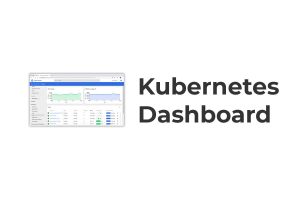
Many options are available for trouble-shooting. Dashboard displays aggregate CPU and Memory usage. It can also monitor the health and performance of workloads. The templates for YAML are already available, so installation is easy. Cabin is a mobile version of Kubernetes Dashboard. The cabin provides similar functionality for Android and iOS. They can register a node to the central API server. A “PodSpec,” a YAML object or JSON object, is used to describe every pod. Kubelet is thereby able to monitor these nodes by their PodSpecs.
Furthermore, Kublet accepts PodSpecs from the API server. Also, they can do this from other sources. They are unable, however, to manage these. It is possible to monitor the entire cluster with cAdvisor. Its main benefit is that it allows monitoring the entire cluster.
Kubelet
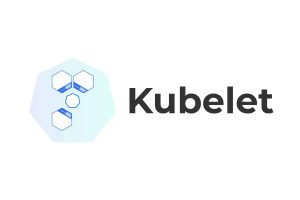
Kubernetes Security Tools
The security requirements of containers are unique. Containers are different from other hosting types, such as VPS. They have to be protected on more levels. They include orchestrator and application images, as well as container runtime. Below are some specialized tools.
Twistlock is a full-lifecycle container security solution. It uses a VMS to scan for vulnerable areas. Kubernetes is continuously scanned. Also, there is an automatic firewall. Twistlock also scans container images. Node.js and Docker images are supported. Twistlock concentrates on two important aspects of container security. It scans images of containers on a continuous basis. This is because new threats are discovered every day. The next section focuses on security for running containers. First, a baseline of normal behavior must be established. Afterward, it can be easily monitored.
Falco is a targeted Kubernetes tool for security that detects unusual activity in your containers. It is derived from Sysdig and has been commercialized. Falco monitors container with a focus on kernel system call. It only uses one set of rules. These are used for monitoring multiple layers within the container. They include the container, the application, the host, and network. Both Kubernetes as well as containers are supported. Kubernetes clusters can be configured with unique rules. These rules can be applied to all containers. Falco also provides native support for container runtimes.
Twistlock
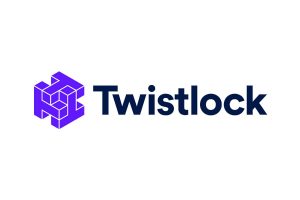
Aqua Security scans container images before deployment. You can make an image read-only using this feature. Images that are immutable are less vulnerable to threats. It also makes it easy to detect anomalies. These scans take place in each context of the application. The official documents state that scaling and performance were key concerns during development. Securing multi-tenancy environments is one of its core functions.
Falco
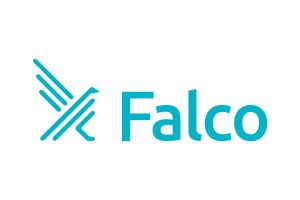
Aqua performs this task while ensuring isolation between tenants. Data and access are both isolated. It scans for security issues. Included are known threats, hidden secrets, and malware. Aqua Security runs tests to check for permissions and settings problems. Aqua Security is compatible with over ten container vendors, and that’s in addition to Kubernetes.
Aqua Security
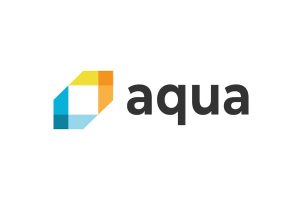
Kubernetes Deployment Tools
Helm is a newer Kubernetes management tool for applications. It uses a YAML called Charts. These are similar to Homebrew, Apt or Yum RPM. Charts can be used to install, upgrade, and define Kubernetes. These charts are like templates and can support even the most complicated Kubernetes. Charts have been designed to be easy to maintain and create. They can be used to share Kubernetes and publish it. Charts include a package description and at least one chart template. Templates contain Kubernetes manifest files. If the same chart is installed more than once, a new release will be created. If the same chart is installed more than once, a new release is created.
Learn how to install Helm on Ubuntu, Mac and Windows.
Helm
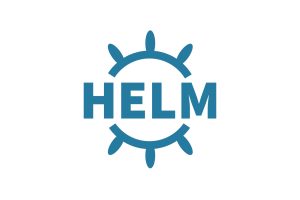
Apollo provides a UI for managing Kubernetes. It provides a UI for managing Kubernetes. With just a single click, you can revert a deployment. It has a flexible permissions model. It is a lightweight solution for Kubernetes continuous deployment. Apollo can be integrated with any build process. This Kubernetes tool allows users manage multiple Kubernetes Clusters. These clusters may have multiple namespaces. Live querying allows you to view the status of deployments. It allows viewing pod logs and status, as well as restarting pods. It comprises of a Java client and REST API for monitoring.
Kubespray is a Kubernetes management tool that works through Ansible roles. It supports AWS and Google Cloud Environment. Azure, OpenStack, and Azure. Kubespray is a great tool for those who are familiar with Ansible. For such users, it has a small learning curve and makes provisioning and management possible with a single tool. Kubespray allows continuous integration tests. Support is available for most Linux distros.
Apollo
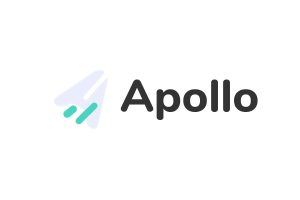
Kubernetes CLI Tools
Kubespray
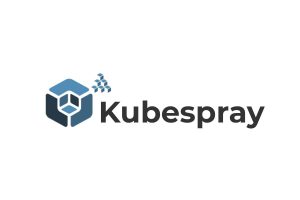
Kubectl is the default CLI tool for Kubernetes. It supports all Kubernetes operations. The configuration file located in $HOME is used to detect nodes. Kubectl also accepts other kubeconfig file types. Set the environment variable. You can also use the -kubeconfig option. Docker users can interact with the API servers using kubectl. kubectl’s commands are very similar to those of Docker. The differences are minor. Kubectl provides additional functionality. Kubectx can be useful in multi-cluster environments. It can be used to switch between clusters. The kubectx key word simplifies complex commands. Kubectx has the capability to alias names of clusters. This allows you to switch context by using the command “kubectx 00101010”. Kubectx will remember the previous context. This memory allows switching back using “kubectx-.” Kubectx for Windows is not available. You will have to use kubectxwin. The kubens tool is similar and can be used to switch between Kubernetes namespacs. The “kubens -” command switches you back to the previous context.
Kube-shell is another Kubernetes tool that can be used to supplement kubectl. It’s a shell built on top kubectl. It improves efficiency by auto-completion of commands. It provides suggestions based on what you are typing. Kube-shell displays in-line description once commands are executed. Cycling through previous functions is another important feature. This scrolling can be done with the arrow keys.
Kubectl
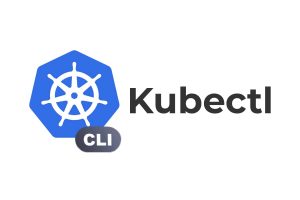
Kubernetes Serverless Tools
kubectxThis tool is a native Kubernetes tool used to deploy small applications. Kubernetes Resources are used to perform many tasks. These are used to auto-scale, monitor and troubleshoot, as well as route the API. Kubeless is unique in that it offers Custom Resource Definitions. Kubeless can create Kubernetes custom resources using this feature. Then, you can use an in cluster controller to monitor these resources. You can launch runtimes when required. The runtimes are then made available via HTTP. Also, a PubSub mechanism is available.kubens
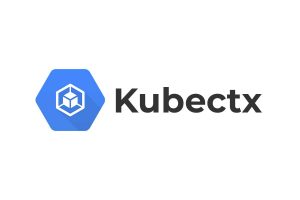
Fission can work on your local computer or public/private cloud. It supports a wide range of programming languages. Python, NodeJS Go, C# and PHP are among them. These functions can be mapped onto HTTP requests or triggers. The deployment is performed with just one command. No need to build containers. The same feature applies to managing Docker registries. Fission allows you to concentrate on your code, just like other serverless tools. The framework and orchestrator are responsible for the plumbing. This will also allow you to create your containers. Fission’s Workflows are a key feature. It is possible to link multiple serverless functions together with logic gates. You don’t need to deal with things like networking or message queues.[alias]IronFunction is another open-source serverless tool written in Golang. It supports functions written in any programming languages. One of its most important features is that it supports AWS Lambda Functions. Lambda functions can be imported and used on any platform. This increases the cost savings. This is different from an API which is always active, regardless of usage. Serverless functions are only charged when they’re used. The costs can be reduced by a significant amount of time. The scaling is also improved. You simply increase the number IronFunction Nodes. The final word on choosing a Kubernetes tool
Kube-shell
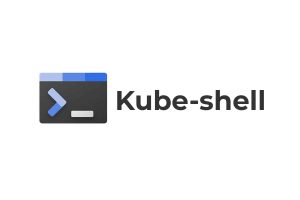
We’ve looked at five different types of Kubernetes Tools.
We’ve covered the most important ones. Though a partial list of open-source tools available for Kubernetes, all of them can make your container management experience more efficient and less stressful.
Kubeless
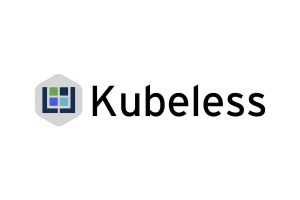
Kubernetes is continually evolving and community-driven. This super-active community fills in the gaps with extensions, add-ons and bonus plugins. Kubernetes is the best container orchestration framework for your workloads.
